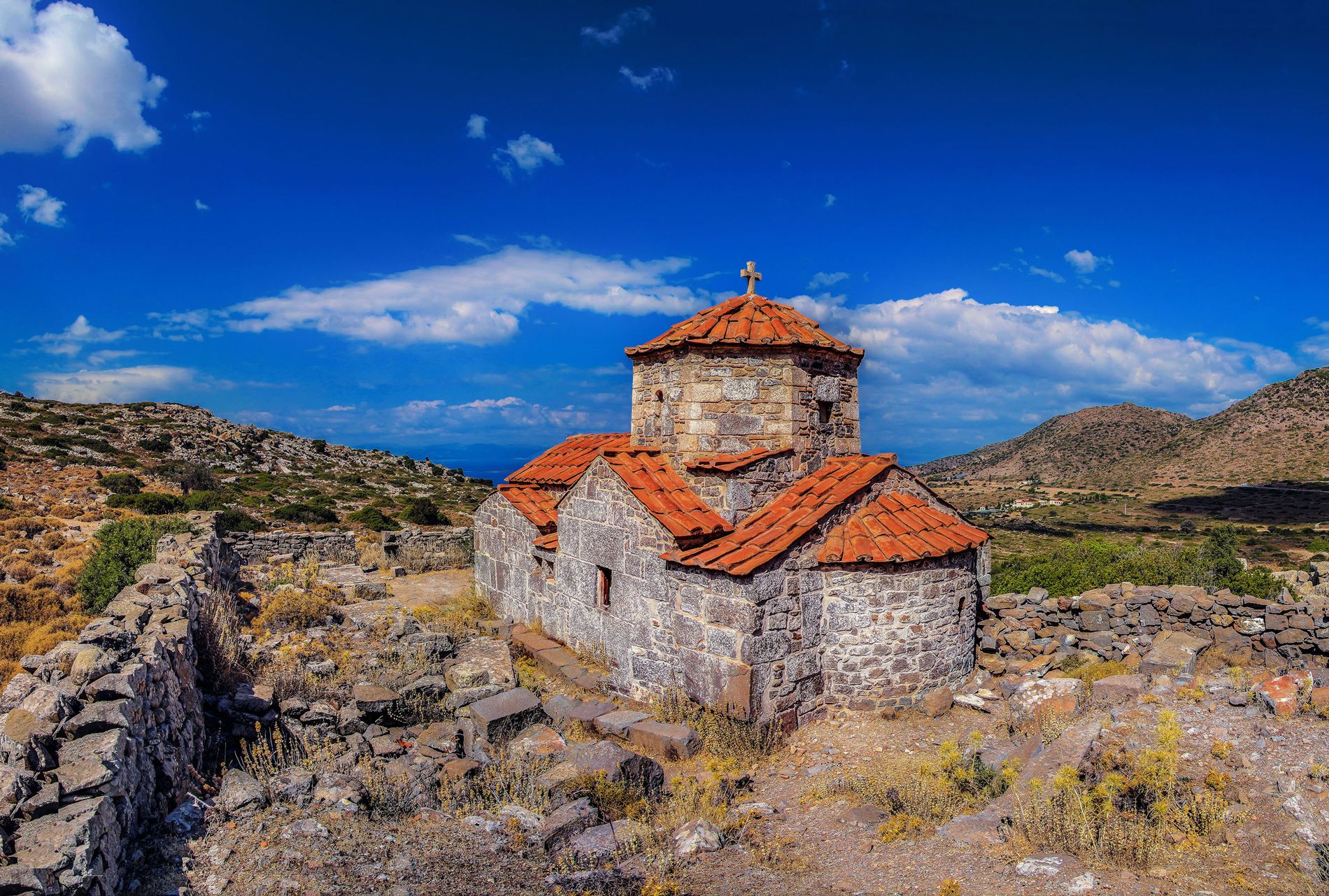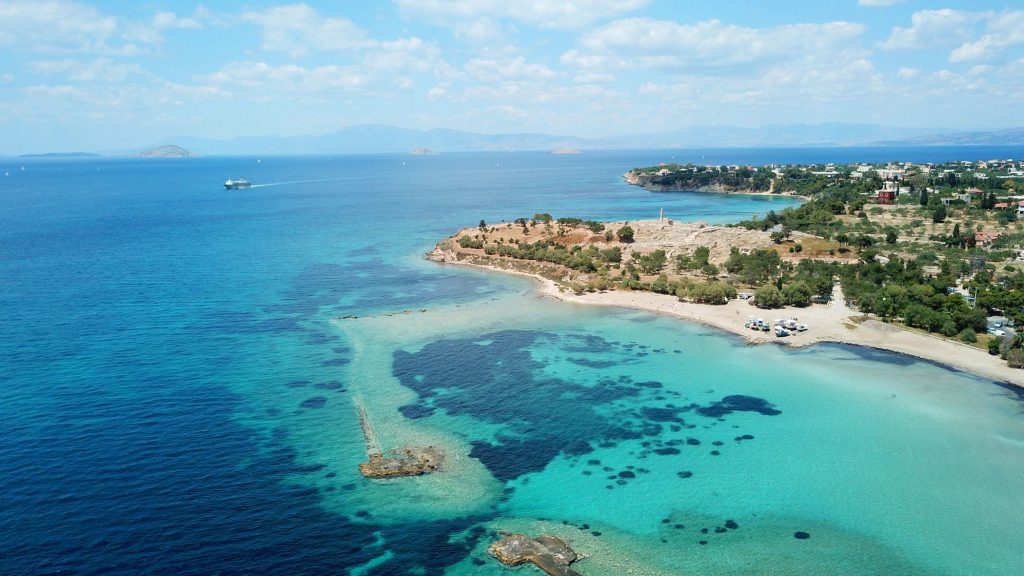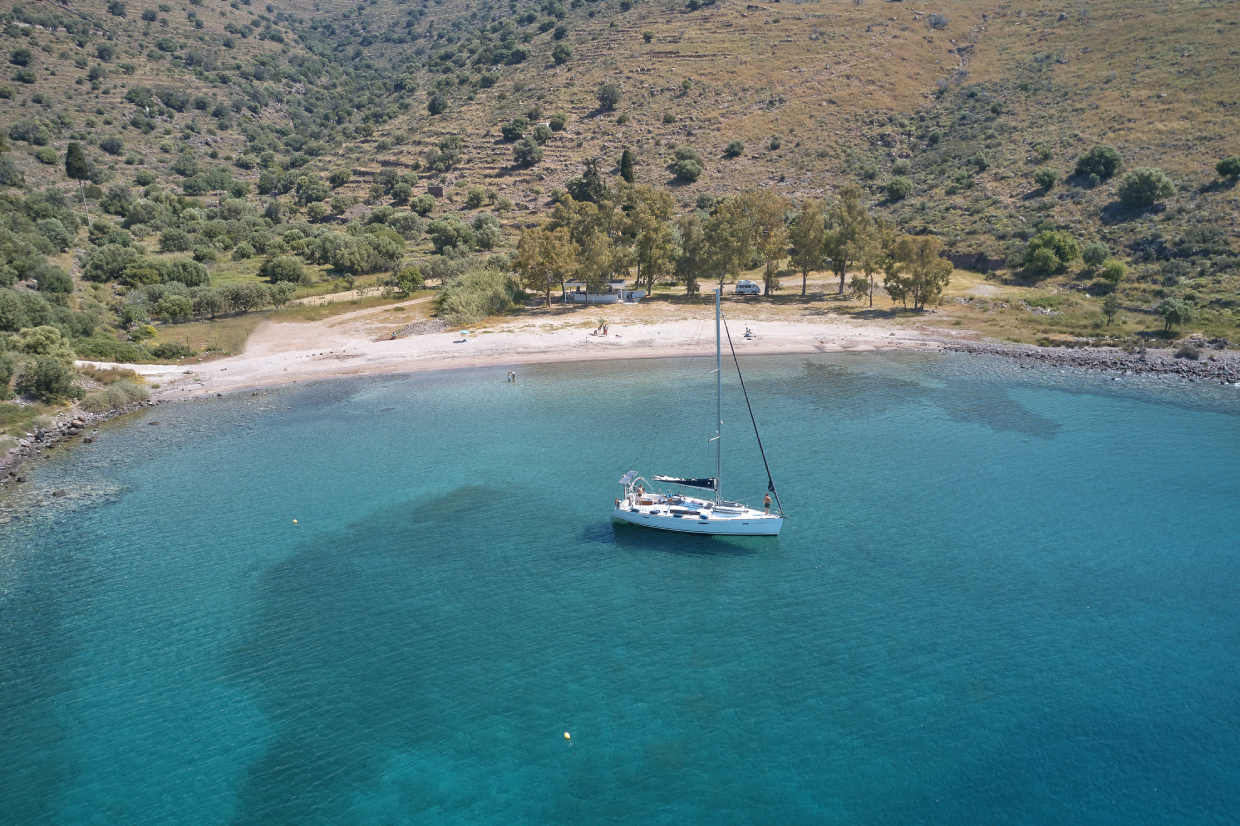Hiking Aegina’s stunning paths of culture
Hiking Aegina’s stunning paths of culture
Rich in history, culture and untouched nature, Aegina Island fascinates with its outdoor routes on stunning paths and wonderful landscapes, which follow the traces of the inhabitants’ traditions and everyday life, from antiquity to this day.
The island boasts a network of signposted paths that cover 45 kilometres in total. They are incorporated in the programme “Paths of Culture”, created by ELLINIKI ETAIRIA – Society for the Environment and Cultural Heritage, which won the European Heritage Award / Europa Nostra Award 2019, in the category “Education Training and Awareness-Raising”, highlighting the close bond between the natural landscape and cultural richness, between tangible and intangible cultural heritage.
1. Around Mount Hellanion
The route is 8.8 km long and takes 6 hours. We start from Anitseo village and walk through the village of Vlachides, passing by two traditional, stone-built water cisterns (“souvales”) on our way to Sfentouri. The path passes by a large threshing floor, traditional little churches and the large “souvala” Achlada. It takes us to the top of Mount Hellanion, the tallest mountain in the Saronic Gulf (532m). Here stood the temple of Zeus Hellanios, in the same location where Profitis Ilias-Analipsi church lies today, in an area listed as an archaeological site and a landscape of outstanding natural beauty. We walk down the path to the church of the Taxiarchs (13th c.), which was built on Hellenistic ruins, and return to Anitseo.
2. Sfentouri – Elaionas
The route is 3 km long and takes 1 hour and 15 minutes. From Sfentouri village we take the cobblestone path that passes through olive trees, offering majestic views to the west (Perdika, Moni, Methana). We walk past two beautiful chapels and reach a large stone-threshing floor before we end up in Souvala Achlada. Souvalas were used to collect rainwater for the island’s inhabitants and animals. Making a short detour, we reach the “Drakospita” (Dragon Houses), or “Plakota”, partly underground stone buildings of great historical and scientific interest. Arriving at the ancient olive grove, we will marvel at the rare beauty and wealth of flora and fauna, where Aegina’s millennium-old olive trees survive to this day. The path ends at the church of the Holy Trinity (Aghia Triada), with the old, closed, stone water tank and the water troughs for animals, carved in brownstone, the precious local “mavropetra”.
3. Ancient Elaionas (Olive Grove)
The route is 5.8 km long and takes 3 hours. We set off at the second beach in Marathonas and walked past the small wetland that hosts migratory birds. We walk through the old settlements of Kapotides and Pachia Rachi, the latter being listed as a traditional settlement since 1996, with its stone houses and stone-paved narrow streets. We pass the church of St. Dionysios (1813) and follow the path by the stream that brings us to the Elaionas Valley. We will marvel at the impressive ancient olive trees that have been standing here for 1,500-2,000 years, resembling living sculptures. From Elaionas, we walk down the path to Marathonas beach, passing by vegetable farms of local producers.
4. Chryssoleontissa (Monastery)
The route is 6 km long and takes 2.5 hours. We start from the monastery of Panagia Chryssoleontissa, the fortified monastery complex that includes a crenellated tower (1601) and a subsequently built church (1808) in the courtyard centre. We head east and come across the chapel of St. Leontios, built on ancient ruins in the 17th c. A small detour brings us to the large threshing floor, which dates from the agricultural heyday of the region and offers wonderful views of the northern Saronic Gulf, Paliachora and the Monastery of St. Nektarios.
5. On the East of Aegina
The route is 5.8 km long and takes 3 hours and 15 minutes. From Anitseo village we head north to the pine forest, where Aegina’s inhabitants used to collect resin. We walk past the rock-cut cisterns that collect rainwater (souvalas) and reach the traditional settlement of Kilindras with its wonderful architecture, before we head to the seaside village Portes. We begin our ascent towards Anitseo, walking along a beautiful stone-paved path with stone walls, surrounded by lush vegetation. The route offers a stunning view of the slopes with the natural rock sculptures, all the way to the sea, as well as a variety of habitats that host many bird and plant species.
Experience Attica

Mt. Ellanion, Temple of Zeus
At a height of 532 metres, Mount Ellanion is the...
Municipality of Aegina
Natural Formations

Loutra Souvalas Beach
Taking its name from the natural spring located in the...
Municipality of Aegina
Natural Formations

Aegina: a dream destination in the heart of the Argosaronic Gulf
The second biggest island in the Argosaronic Gulf, Aegina, has...
Municipality of Aegina
Per season

